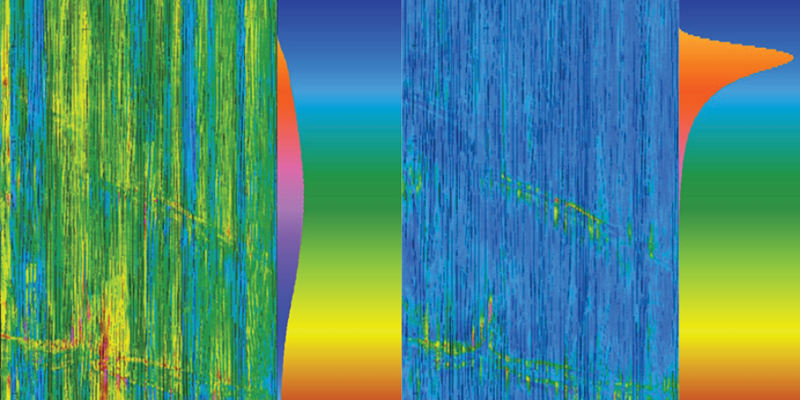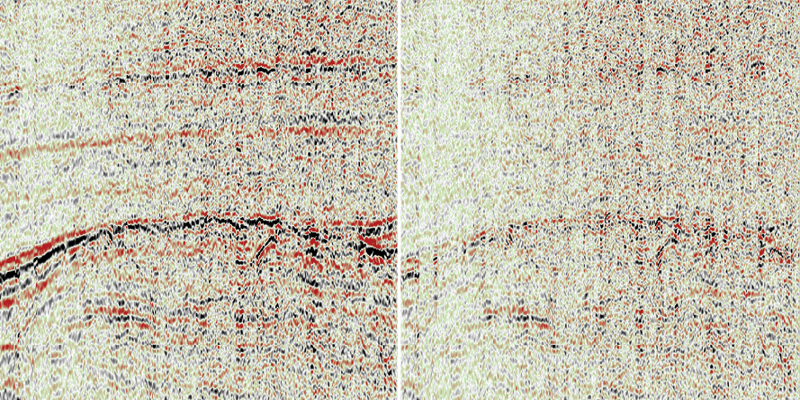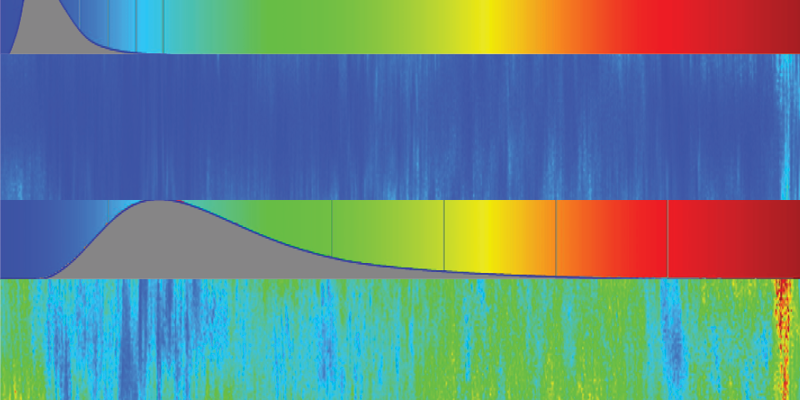- Integrated 4D acquisition-processing-inversion services
- Timely delivery of the highest quality 4D products for any technical solution
- 4D processing technologies that leverage multisensor GeoStreamer technology
All PGS 4D-compliant data processing and imaging workflows ensure high repeatability for all marine acquisition geometries and vintages. Our expertise in 4D relies on careful monitoring of broadband repeatability metrics and dynamic corrections throughout the workflow using customized tools.
Project turnaround is particularly critical for many 4D projects. PGS applies best-practice solutions within set time constraints to deliver critical products that support reservoir management decisions.
4D Processing Workflows
PGS has 4D-compliant processing and imaging solutions to suit all projects. Each workflow achieves the required quality within the desired timeframe. Time or depth migrated images can be delivered for all vintages.
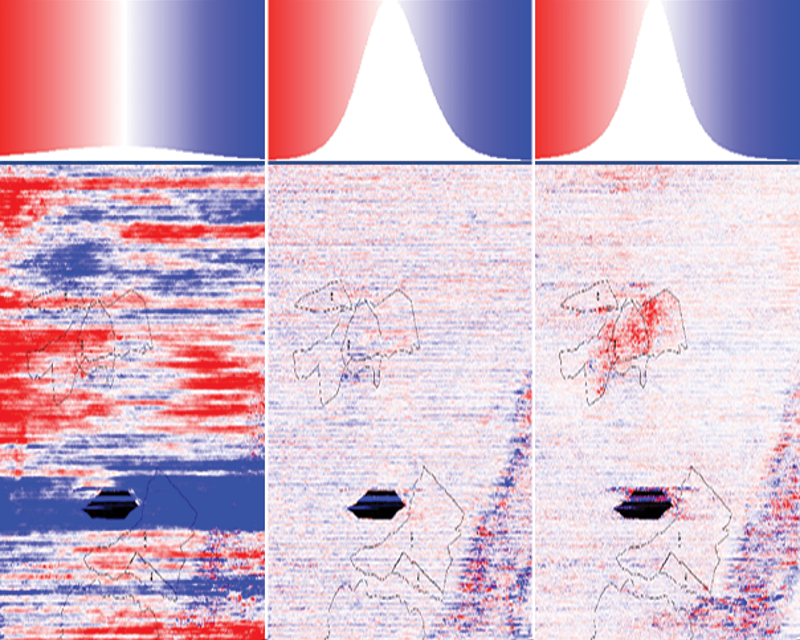
Dynamic Warping
In 4D dynamic warping, PGS estimates deformation caused by very small time-lapse displacements that could be caused by either reservoir production (saturation and pressure changes) or environmental and acquisition misfits such as water velocity changes or acquisition positioning errors.
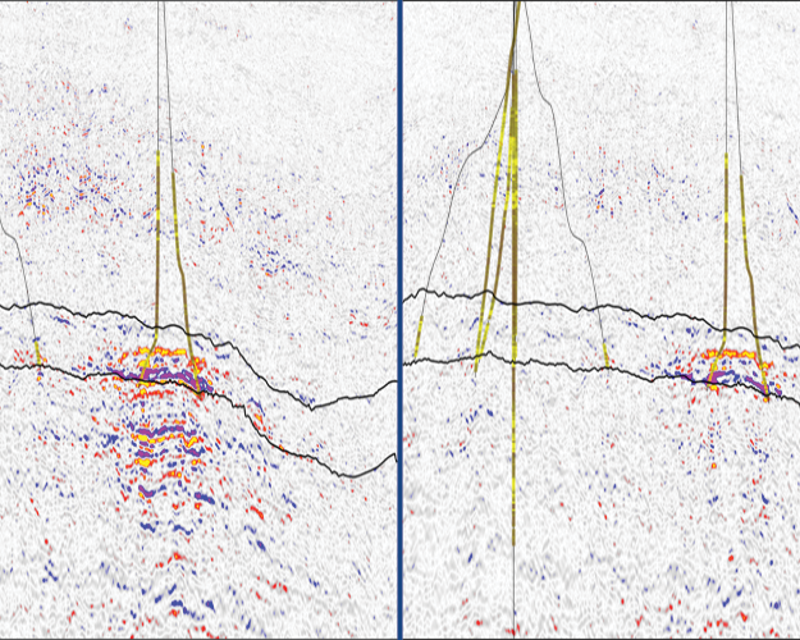
Contact a PGS expert
If you have questions related to our Subsurface Monitoring services please send us an email.
